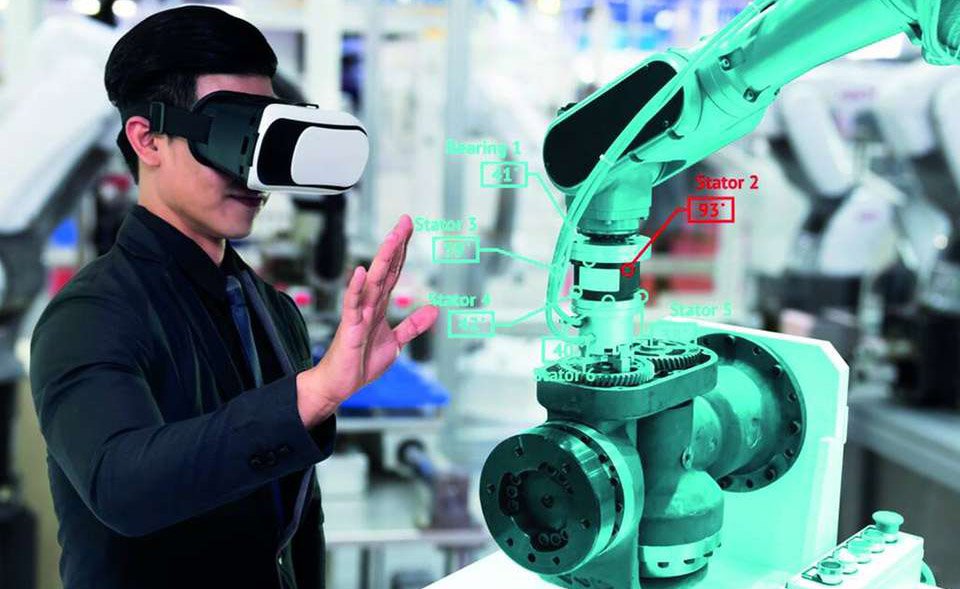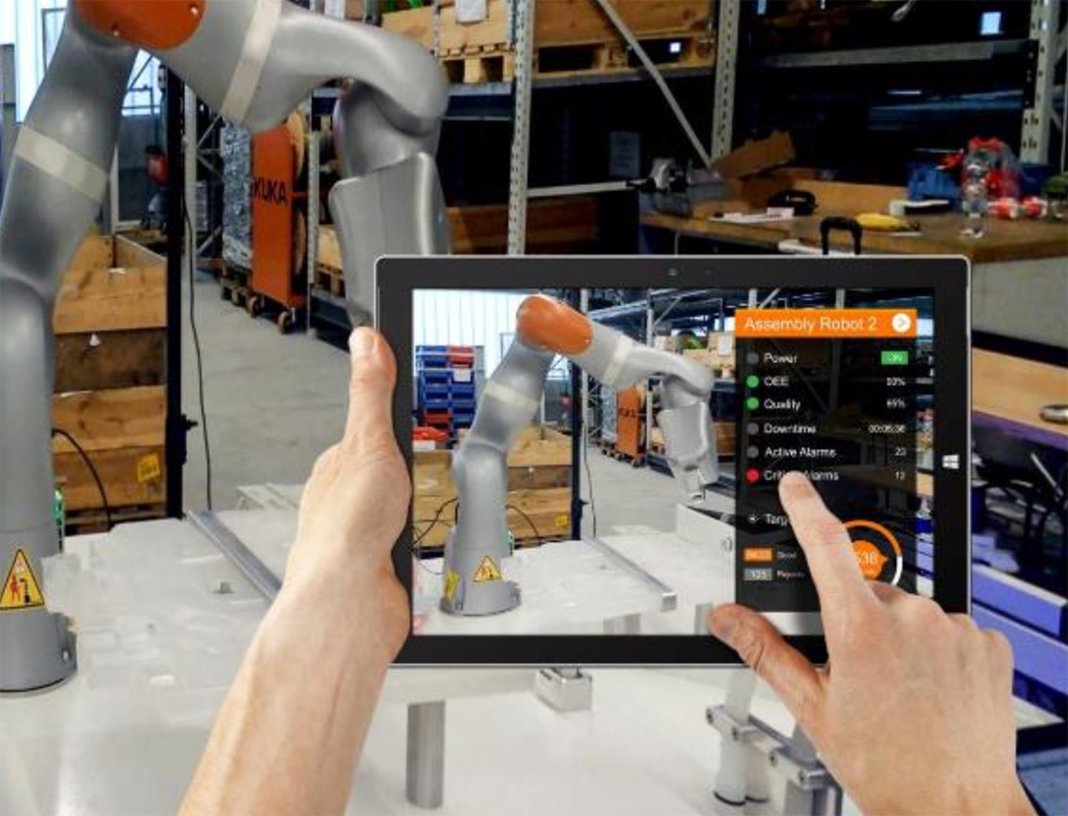Aerospace
Our mission is to help companies successfully implement
VR & AR hardware solutions.
The wings of Digital Reality in Aerospace
A technology and precision driven industry, Aerospace deals with composite procedures of designing, building and testing of aircrafts and other equipment. The technological complexity of the industry is reflected in the high costs of product development and training of personnel. Digital Reality has changed the game for the sector, by enhancing development of the infrastructural and operational mechanisms. As frontline workers are the key drivers of performance, Digital reality has become an essential tool for training industrial workforce.
Rapid growth of immersive technology in Aerospace
In the year 2017, the augmented and virtual reality market in the aerospace sector was valued at $0.51 billion and is further expected to rise to $19.15 billion by 2025, growing at an impressive CAGR of 57.5%. Regionally, Asia Pacific was the highest contributor to the AR VR market in Aerospace, with $ 0.18 billion in 2017, and is anticipated to reach $8.04 billion by 2025, at a CAGR of 60.7%. USA had the highest share of the aerospace AR & VR market at 24% in 2017 and is expected to stay at the top for the projected year with a 15.2% share.


AR and VR usage in the Aerospace Industry
The numerous applications of immersive technologies in the aerospace sector is the one of major reasons for its rapidly growing market size. Experiential training, made possible via immersive solutions, not only improves efficiency but also ensures increased knowledge retention and the scope of real time feedback. With the help of AR, information relevant to the task at hand can be displayed right within the trainee’s vision, resulting in higher quality of work. Virtual Reality speeds up the learning process as it allows aerospace engineers to view composite structures in a virtual environment. Additionally, the simulation created by AR and VR applications, help recreate difficult and dangerous scenarios that enables the trainees to be better prepared. Virtual Reality enables visualization and interaction with aircraft CAD geometry via a virtual replica, which is identical to the physical mock up built during the design phase of the aircraft. In addition to visualization, it is possible to virtually separate the elements and move them around from their installed positions and understand their working. Augmented reality ensures 3-D visualization that assists in problem detection in addition to digital repair manuals and real time engineer support. The Virtual and Augmented reality systems have majorly impacted the cost-efficiency and performance of the sector, further driving its growth.
The way forward for Aerospace with XRTECHLINE
Augmented and Virtual Reality have changed the way in which designing, and maintenance related skills are gained in the aerospace sector. On the other hand, these technologies have made building and testing of these complex machineries engaging and accurate. At XRTECHLINE, we are the catalysts driving this change. With our concerted efforts to produce breakthrough results, our aim is to dynamically transform the sector.